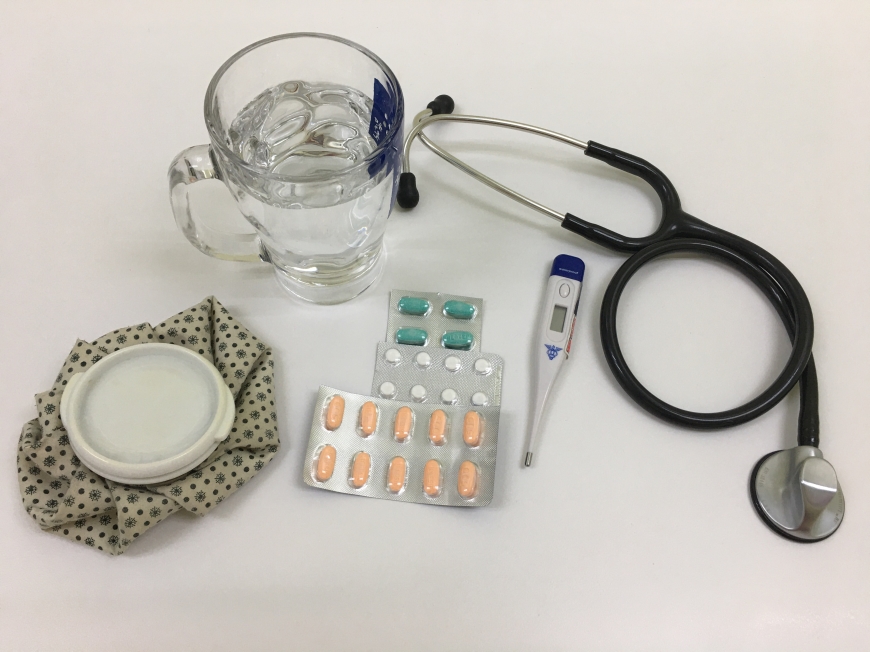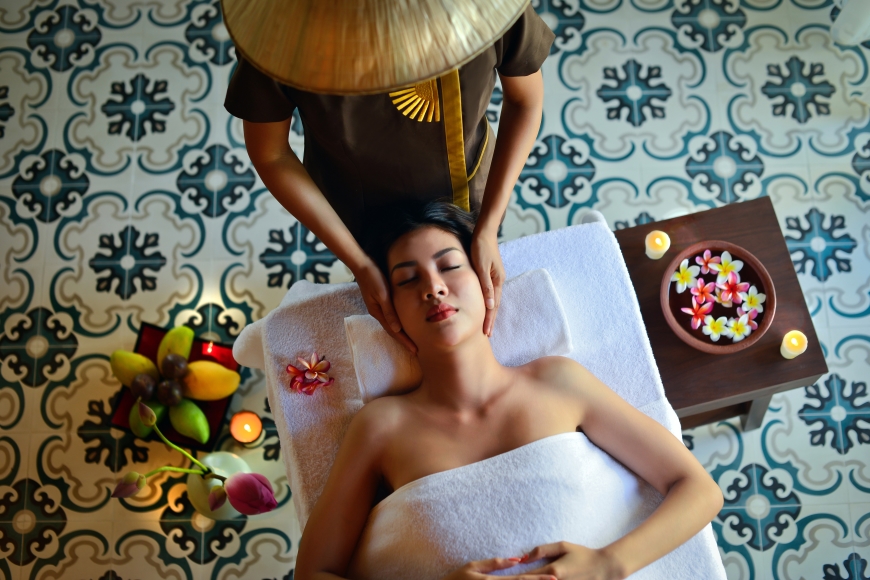Understanding Panchakarma 101

Today’s world bombards us with manifold stressors and demands. Subsequently, each of these ultimately poorly affects our health. Under such circumstances, the Ayurvedic five fold therapy ‘Panchakarma’ is especially valuable. This cleanses your body of toxins left over from poor nutrition, the environment, and diseases. Above all, it is a highly personal treatment which accounts for age, dominant dosha type, digestive strength and immunity.
Panchakarma comes from the syskrit word which means ‘five therapies’. These include a daily warm oil massage, heat steam therapy, lymphatic massage, herbal enemas and nasal administrations. The human body can typically identify and expel toxins on its own. However, today’s lifestyle patterns, genetic predisposition, hormones, and metabolic factors can slow down this process. An Ayurveda Panchkarma treatment can quickly and effectively eliminate such toxins.
Understanding Panchakarma
Ayurveda stresses that our natural state comprises of health, well-being and happiness. Most importantly, our minds should be toxin-free and emotionally stable. In such a case, organs function at their natural pace and efficiently eliminate waste products. Our bodies only deteriorates due to toxin accumulation in our physical and mental systems. This provides a breeding ground for chronic and non-development diseases.
Ama is a term given to long-term toxin accumulation. This is a foul smelling and sticky substance that has accumulates in the body over long term. Further, this can spread throughout the physiology and cause diseases. It can manage excessive dosha energy and imbalances through the body’s own channels of elimination. For instance, it (directly or indirectly) cleans out toxins left in the colon, urinary tract, stomach and intestines, either during or right after therapy. In other words, this ayurvedic cleansing technique enables deep tissue purification.
Panchakarma treatment can reverse these aspects of daily life. It balances your system and enhances bodily function. In addition, it increases vitality and inner peace in a mental level. Each of the four stages: Vamana, Basti, Nasya, and Rakta Moskha,provide unique benefits which together collectively propagate holistic health and wellbeing.
Emesis Therapy or Vamana
Vamana or ‘therapeutic vomiting’ can eliminate the excessive mucous as a form of kapha buildup. This therapy can tackle respiratory ailments such as bronchitis, colds, cough or asthma. Moreover, it releases excessive emotions which accumulate in the kapha areas of the lungs and stomach.
This method aids congestion, wheezing, and breathlessness. In addition, it reduces your risk of chronic asthma, cold, and lymphatic digestion.
Vamana enables lunch relaxation, through which you can breathe easily. Further, you will have clarity in your thought and voice, chest lightness, and a good appetite. To maintain these benefits, practitioners recommend that you avoid rest, fasting, smoking, or suppressing bodily urges after the process.
Purgation Therapy or Virechan
The gall bladder, liver and small intestine can accumulate excess bile. Consequently, this extra pitta can cause skin ailments such as rashes, inflammation, acne and jaundice. Virechan uses therepeutic purgatives or laxatives to cleanse pitta of these pathways. This can completely calm bile disturbances of the body.
Make sure to provide a lapse of three days after vamana to practice virechan. Meanwhile, practice three days of internal elation, namely sneha (oleation) and svedana (sweating). These are forms of purva karma.
Virechan can relieve sweat glands, blood toxins, kidneys, small intestine, liver and spleen. It is especially beneficial to the rakta vaha srotas. Make sure to avoid foods which can unbalance any of your three humours of aggravate your predominant humour.
Enema Therapy or Basti
Basti is one of the most powerful treatment forms. Vata is predominantly located in the large intestine and partially in the bone tissue or asthi dhatu (bone tissue). This manages the elimination and retention of bodily fluids such as bile or urine.
This therapy uses medicated oil or ghee, as well as a herbal decoction. This tones the muscle and cleanses the colon. Most importantly, it nourishes colonic flora. In turn, it places the body’s base prana in a state of balance. This is a 8-30 day process, depending on a person’s medical condition.
One of the most powerful effects of this therapy is to initiate tridoshic balance. When your vata dosha is balanced, the other two doshas (pitta and kapha) simultaneously reach harmony. Thus, it is held in high regard in Ayurveda to provide cure and relief.
You can tweak the process in accordance with your dosha. Vata dominance goes with sweet, sour and salty tastes, and is suited to herbs such as Eranda or Ashwagandha. However, pitta and kapha dominance goes with bitter tastes. Herbs such as giloy, neem, or Haridra are ideal for these doshas.
Nasya or Nasal Administration
Ayurveda regards the nose as a door to the brain and consciousness. Nasya or nasal administration helps to relieve excessive bodily humours in the eustachian passage. These specifically include areas of the sinus, nose, throat and head areas.
The nose also marks the entry of ‘prana’ or life force. This also concerns sensory and motor functions. Further, it controls mental activity such as memory, concentration, and intellectual functions. Consequently, disruptions of prana levels can cause headaches, convulsions, and poor sensory perception.
This method involves lubrication of the inner walls of the nose with ghee. The massage must be done through slow penetration, in both clockwise and anti-clockwise directions. This helps to regulate breathing patterns. Moreover, it releases emotions blocked in the lungs and respiratory tract.
Rakta Moksha
Toxification is a condition in which gastrointestinal toxins are absorbed and circulated throughout the body. This is a cause of infections, hypertension and circulatory ailments. Subsequently, it causes skin disorders such as rashes and eczema.
Rakta Moksha is a method of blood cleansing and purification. Blood letting or leeches can help remove pitta-genie toxins. It can relieve an enlarged liver, spleen, and gout ailments. Practitioners recommend this process to cleanse excessive pitta, caused by disintegrated red blood cells. This practice neutralises toxins and can ward away possibilities of a blood borne disorder.
Blood toxins are created by excessive sugar, salt, sour foods and alcohol. So, these should be avoided in case of blood disorders. You can also opt for other blood purification practices such as herbs, gem therapy, or cold water therapy.
Takeaways
Panchakarma is an invaluable detoxification tool which Ayurveda offers. It involved four steps – Vamana, Virechan, Nasya and Rakta Moksha. These collectively get rid of bodily toxins and enable tridoshic balance. Moreover, these individual steps can be adjusted to suit a person’s bodily constitution. However, the process requires expert supervision and guidance. Under the correct time period and conditions, this can perform marvels to your overall physiological and mental health.








